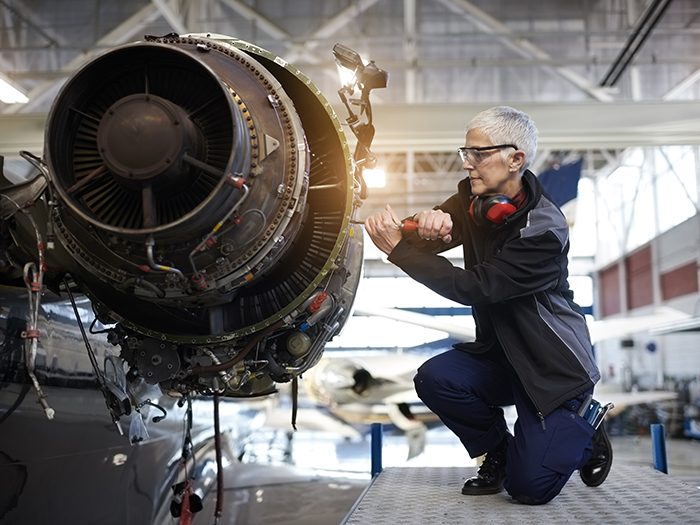How Will You Spend Your Safety Dollars? Focus Your WC Goals With Demographic Data

Claim frequency in workers’ compensation has been consistently declining for 20 years, thanks to the efforts of payers and employers. Work injury frequency has declined by almost a third between 2006 and 2017.
Medical costs, by contrast, continue to balloon year-over-year, offsetting the potential for any substantive relief.
That’s why employers and payers are eager to identify all opportunities for improvement, like those revealed in the recent report “Changing Workforce Demographics and Workplace Injury Frequency” published by the National Council on Compensation Insurance (NCCI).
NCCI examined injury trends between 2006 and 2017, breaking down the data by industry sector, age and gender. Trend lines suggest that the contrast in injuries across demographic characteristics is worth closer attention.
Tables Turn on Age-Related Risk
More than a decade ago, it was considered common knowledge that younger workers were more likely to suffer a workplace injury. Inexperience and inadequate onboarding put younger workers at increased risk.
NCCI’s new data suggests that employer and payer efforts to improve safety for younger workers have been largely successful. While injury frequency has been on the decline across age groups, that decline has been sharpest for so-called ‘prime age’ employees, those 25 to 34.
According to the report: “In 2006, incidence rates were successively higher for younger age categories. Since 2006, workers in the two younger categories have had larger frequency declines. In 2017, workers aged 25–44 became the group with the lowest incidence rates, in part due to an uptick for workers aged 65 and older. Workers aged 16–24 had similar frequency to workers aged 45–64.”
Key injury risks vary by age group, according to NCCI, a point that should motivate employers to evaluate injury trends within their own employee populations. NCCI data shows that younger workers are prone to injuries from contact with objects or equipment, while overexertion injuries are most vexing for employees in the middle of the age spectrum.
Meanwhile, slips, trips and falls disproportionately affect those over 55 — a category that has swelled in the last 20 years. While the number of workers under 55 has remained more or less stable, the number of workers who are 55 or older has doubled since 2000.
Distinctions by Gender
Women now make up 47% of the labor force. Yet injury rates for men remain higher than for women, mostly because of gender disparity in high-risk sectors like construction.
Even so, the division between the two has contracted. Injury rates that were 34% higher for men in 2006 were only 17% higher in 2017.
By injury type, men have roughly twice the rate of contact injuries as women. By contrast, a greater proportion of women’s injuries were falls, slips and trips.
Overall, across age and industry categories, the incidence rate has declined the most for overexertion injuries but the least for falls, slips and trips.
Use It to Your Advantage
NCCI’s report suggests a clear opportunity for employers to mine their own claim data to identify demographic trends worth addressing, such as an increased focus on floor safety for walking surfaces.
Identifying risks associated with demographic sub-sets gives employers and payers the opportunity to be tactical in the way they deploy their safety investments.
An employer that, for instance, can’t swing a full safety shoe program for its workers in this year’s budget might instead develop a pilot shoe program for departments with higher concentrations of older, female employees — the highest risk group. Or a manufacturer might overhaul its training module on avoiding contact with objects or equipment in order to better appeal to the men and younger workers who are at elevated risk.
Read the full NCCI report online. &










